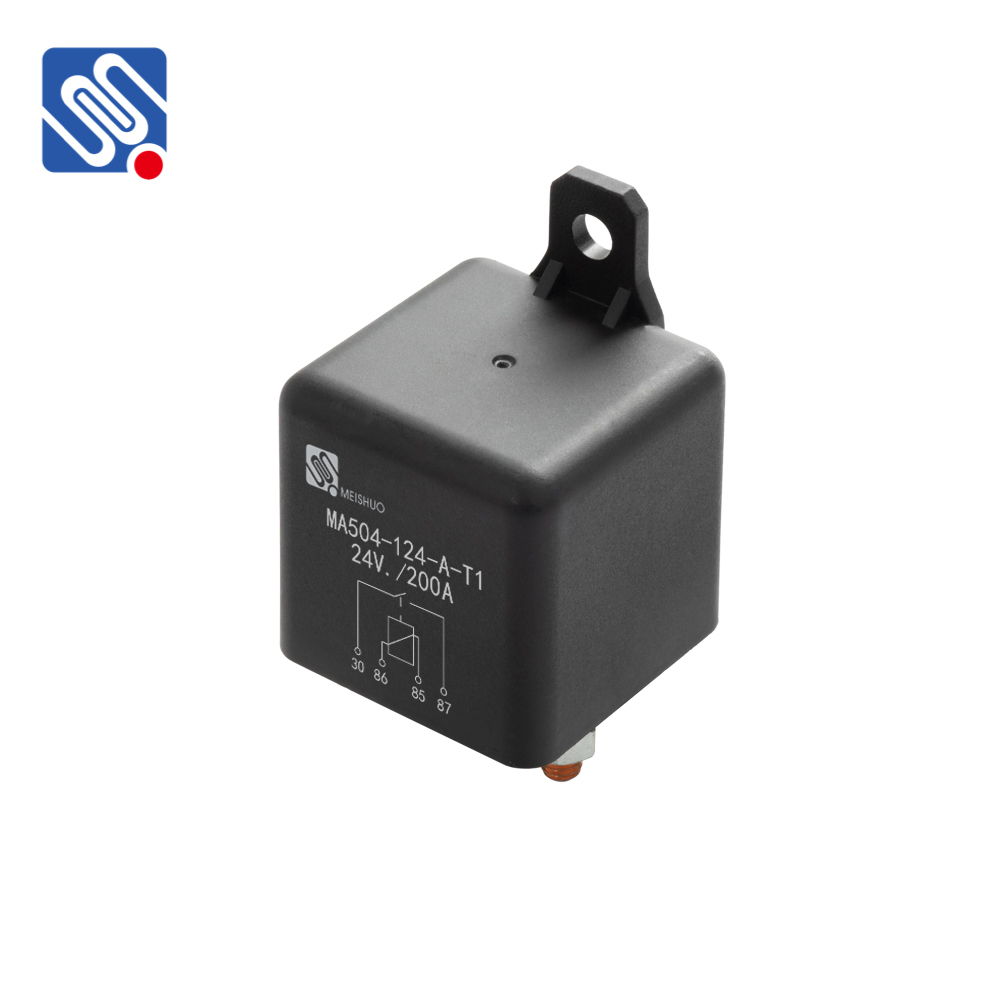Relay installation is a fundamental aspect of electrical and automation systems, playing a crucial role in controlling circuits with high voltage or current using low-power signals. Relays are widely used in various applications, including industrial control systems, automobiles, telecommunications, and even household appliances. Proper installation ensures the relay functions efficiently and reliably. In this article, we will explore the essential steps and considerations involved in relay installation.

Understanding Relays A relay is an electrically operated switch that uses an electromagnet to control the opening or closing of one or more contacts in a circuit. When a low-power signal is applied to the coil of the relay, the magnetic field it generates causes the contacts to move, completing or interrupting the circuit. This simple mechanism allows relays to control high-power devices with minimal power requirements. Relays come in various types, including mechanical, solid-state, and reed relays. The choice of relay depends on factors such as the application, load requirements, and environmental conditions. Understanding the function and specifications of the relay is critical for ensuring optimal performance.